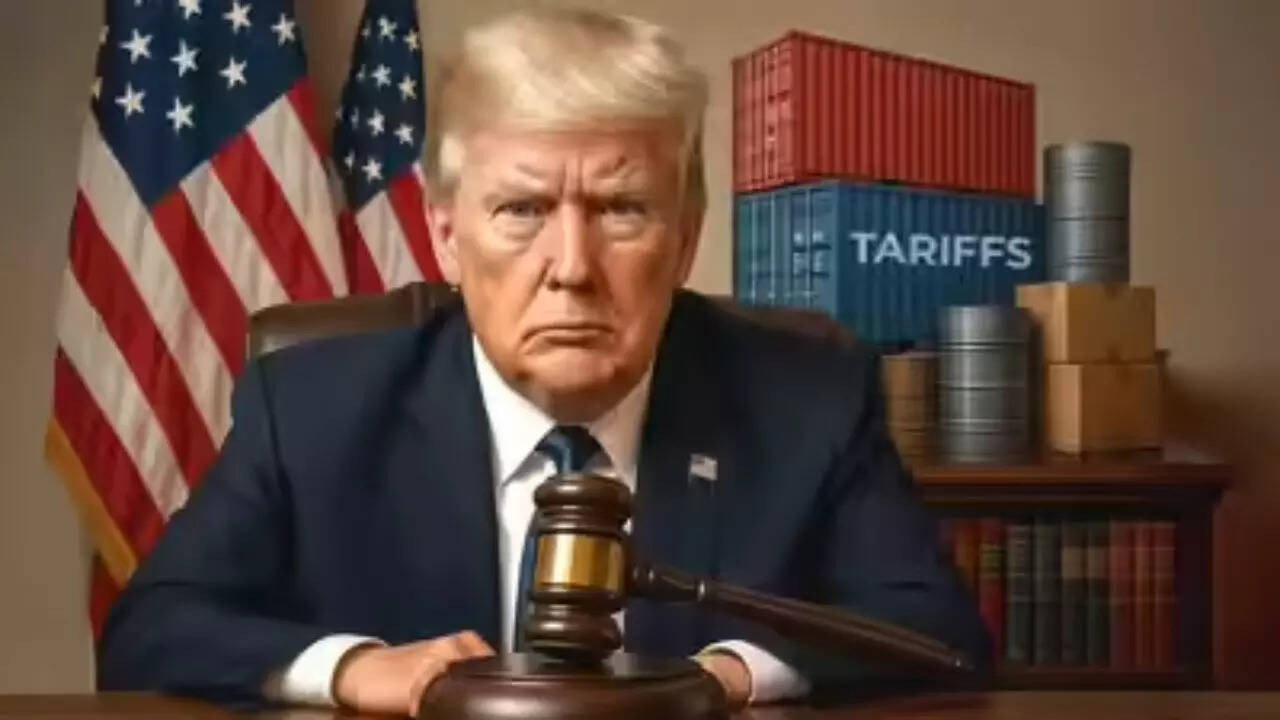Donald Trump escalates trade tensions by issuing tariff letters to numerous countries, set to take effect on August 1, 2025, if trade deals aren’t reached. The letters outline specific tariff rates, with some countries facing new or adjusted duties.
The Trade Winds are Shifting: Decoding Trump’s Tariff Letters
Remember the days of “You’ve Got Mail”? Well, world leaders recently got a different kind of letter – one that potentially rewrites the rules of global trade. Former U.S. President Donald Trump recently released a list of 21 countries that received notifications regarding potential tariff increases if they didn’t address trade imbalances with the United States. It’s a move that has sparked debate, with some viewing it as a necessary correction and others as a threat to international cooperation. But what does it all really mean?
The world stage has seen its fair share of trade skirmishes, but this latest development adds a fresh layer of complexity. The letters, dispatched during Trump’s presidency, highlighted concerns about the trade deficits the U.S. held with each nation. But are these deficits inherently bad? Not necessarily. A trade deficit simply means a country imports more goods and services than it exports. It can be a sign of a strong domestic economy with robust consumer demand. However, persistent and large deficits can raise concerns about job losses in domestic industries and overall economic health.
Why These 21 Countries? The Landscape of Trade
The list of recipients is diverse, reflecting the global reach of American trade. From major players like China and Germany to smaller economies in Asia and Europe, the notifications cast a wide net. What unites them is their significant trade surplus with the U.S. at the time the letters were sent.
The argument, as put forward by the Trump administration, was that these countries were taking advantage of the U.S. through unfair trade practices, manipulating currencies, or erecting barriers to American goods and services. The threat of tariffs was intended to be a powerful incentive to level the playing field.

The Potential Impact of Increased Tariffs
Tariffs, essentially taxes on imported goods, can have a ripple effect throughout the global economy. For consumers, they often translate to higher prices for imported products. For businesses, they can increase costs, disrupt supply chains, and make it more difficult to compete in international markets.
The potential for retaliatory tariffs from the targeted countries is another significant concern. A tit-for-tat trade war could escalate quickly, harming businesses and consumers on both sides. This kind of scenario would create volatility and uncertainty, making it harder for companies to plan for the future and invest in growth. It could also disrupt established trading relationships, forcing businesses to seek alternative suppliers and markets.
The long-term consequences are hard to predict. Some argue that tariffs can protect domestic industries and create jobs. Others worry that they stifle innovation, reduce consumer choice, and ultimately harm economic growth. The reality is likely somewhere in between, depending on the specific circumstances and the policy responses of the countries involved.
Beyond Economics: The Geopolitical Implications
Trade isn’t just about economics; it’s also about geopolitics. Trade relationships are a critical component of broader foreign policy, and the threat of tariffs can be used as a tool to exert pressure on other countries to align with U.S. interests on a range of issues, from security to human rights. This can be a delicate balancing act, as it risks alienating allies and undermining international cooperation. For insight into other global policies, you can read this post on [geopolitical challenges and opportunities](internal-link).
The release of these letters serves as a reminder of the complexities and uncertainties of the global trade landscape. It highlights the challenges of balancing competing interests, fostering economic growth, and maintaining international stability. What the future holds remains to be seen, but one thing is clear: the conversation about trade is far from over.







